I must add stored procedures to MySQL database.
The problem is that the hosting offers phpMyAdmin to manage the database.
I searched on the Internet and the idea is to run the MySQL native statement that creates the procedures, but as the code of procedures often may have ;, we have to change the delimiter in MySQL.
phpMyAdmin does not have this option. Has anyone tried to create stored procedures manually setting the anchor, or something that worked?


